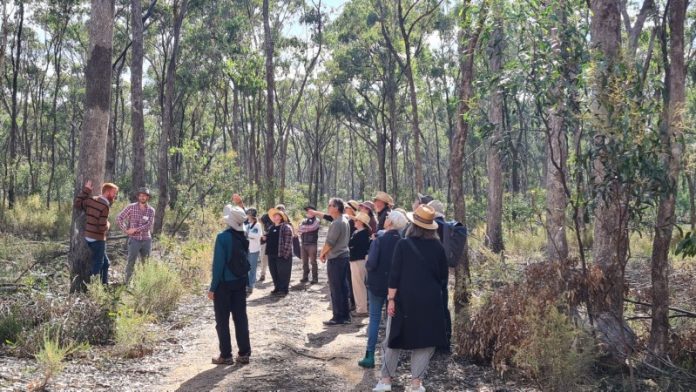
A local environmental alliance is reminding federal election candidates of the toll natural disasters take on central Victorian communities already struggling with a cost-of-living crisis.
Biolinks Alliance and 12 of its member groups said repairing nature was vital to mitigating the impacts of droughts, floods and fires and their flow-on effects.
“For so many at the moment, the rising cost of living is incredibly stressful and we have seen how natural disasters can result in food shortages that lead to a further hike in food prices,” said Dr Sophie Bickford, ecologist and Biolinks Alliance executive director.
“When nature is healthy and resilient, it supports our food production, but unfortunately natural disasters can cause havoc with this relationship, as well as significantly risking the safety of our communities.”
Working together through Biolinks Alliance are 19 community organisations, representing 121 landcare groups and more than 2000 landholders, who are at the ready to repair nature at scale in central Victoria.
“Together, we have these incredibly catalytic, large-scale partnership projects that are based in science and receive some support through landcare grants and philanthropy, but categorically need accelerator funding from the federal government if we are to better prepare our lands for a hotter and more extreme climate,” Dr Bickford said.
One such project is Biolinks Alliance’s large-scale box-ironbark forest repair partnership project, which expands on its groundbreaking Spring Plains Watershed Repair demonstration project. This expansion project looks to make catchments from St Arnaud to Bendigo and Rushworth more absorbent – or less ‘leaky’ – slowing water down and making it more available to the ecosystem, while also reducing flash flooding.
Another collaborative project the community is leading is the Melbourne to Echuca Biolinks restoration project. It will greatly mitigate flood events though slowing down floodwaters while also saving iconic Australian species including the platypus and koala.
“Communities manage over 60 per cent of the land in Victoria and most of Australia’s threatened species occur on private land, so these projects also offer a vital and important way to prevent species extinction in central Victoria,” Dr Bickford said.







